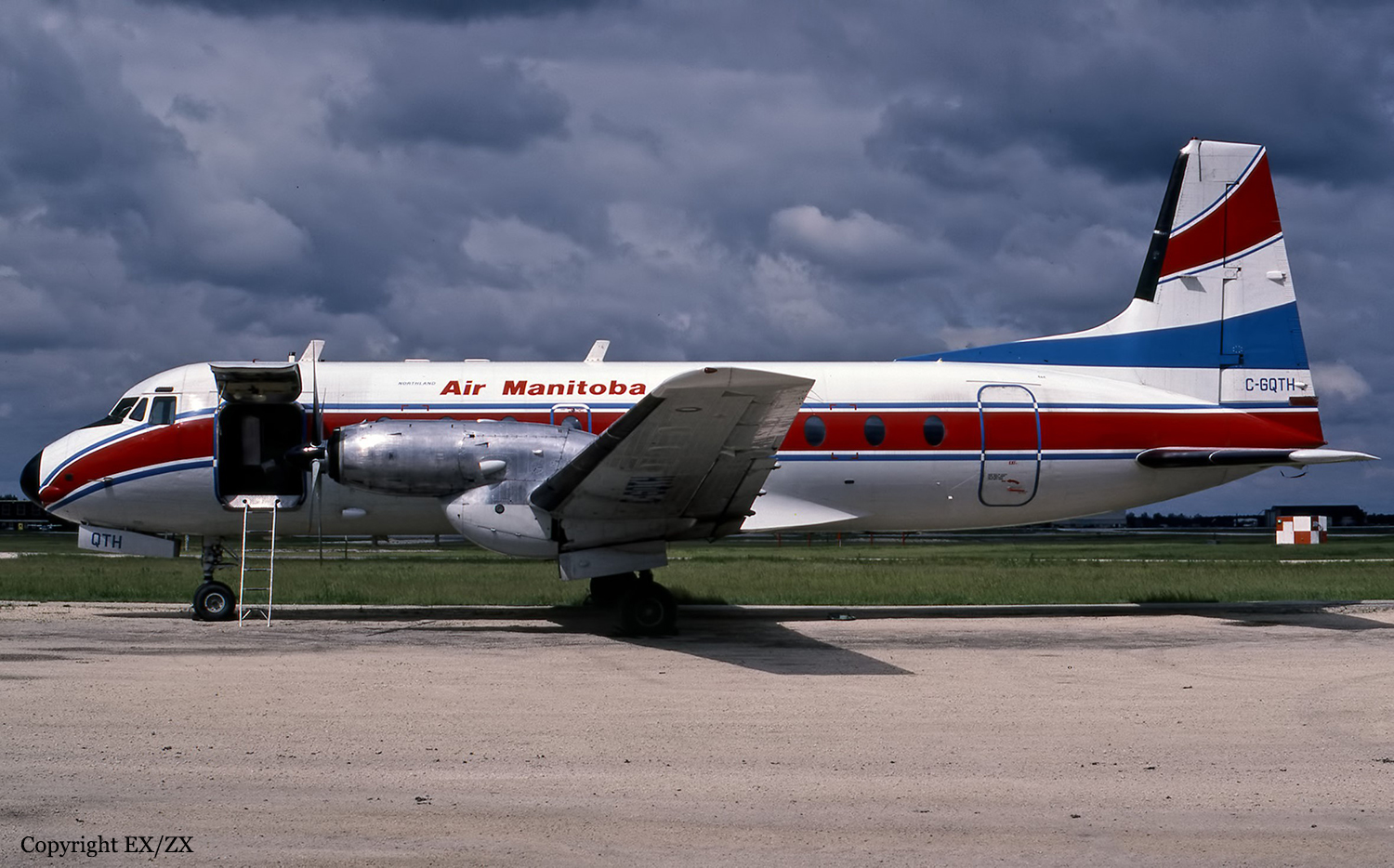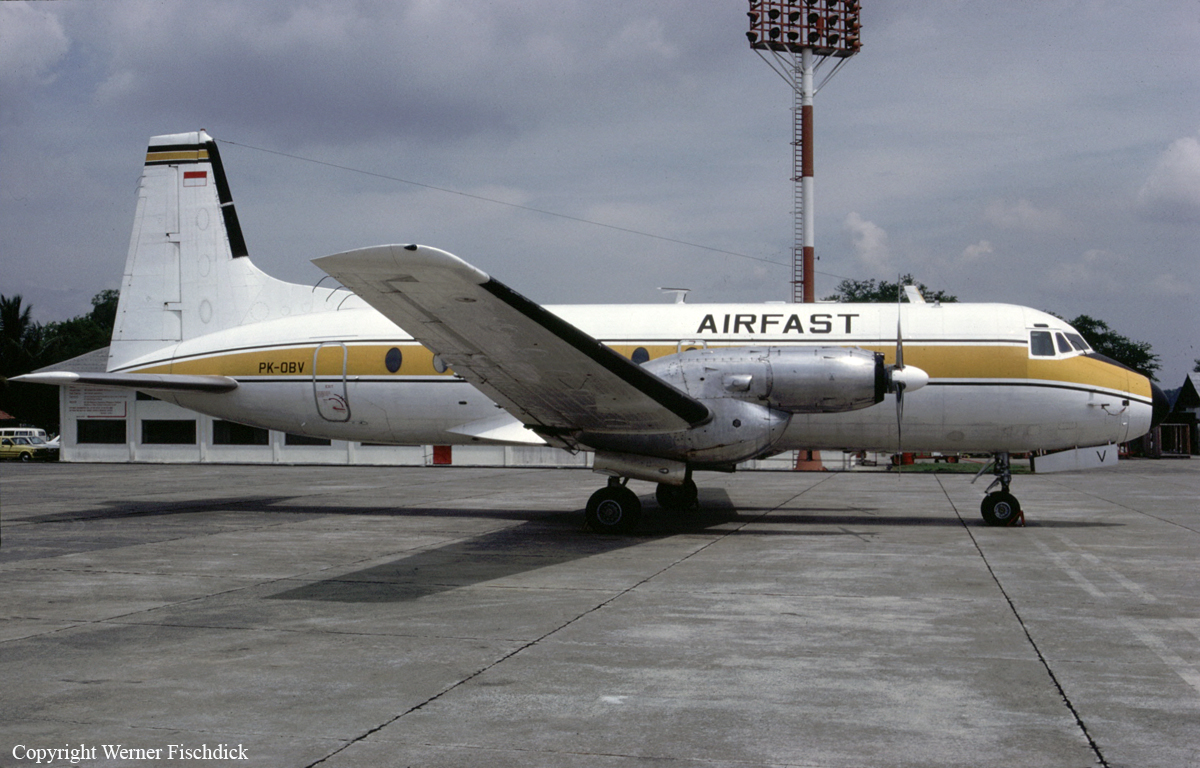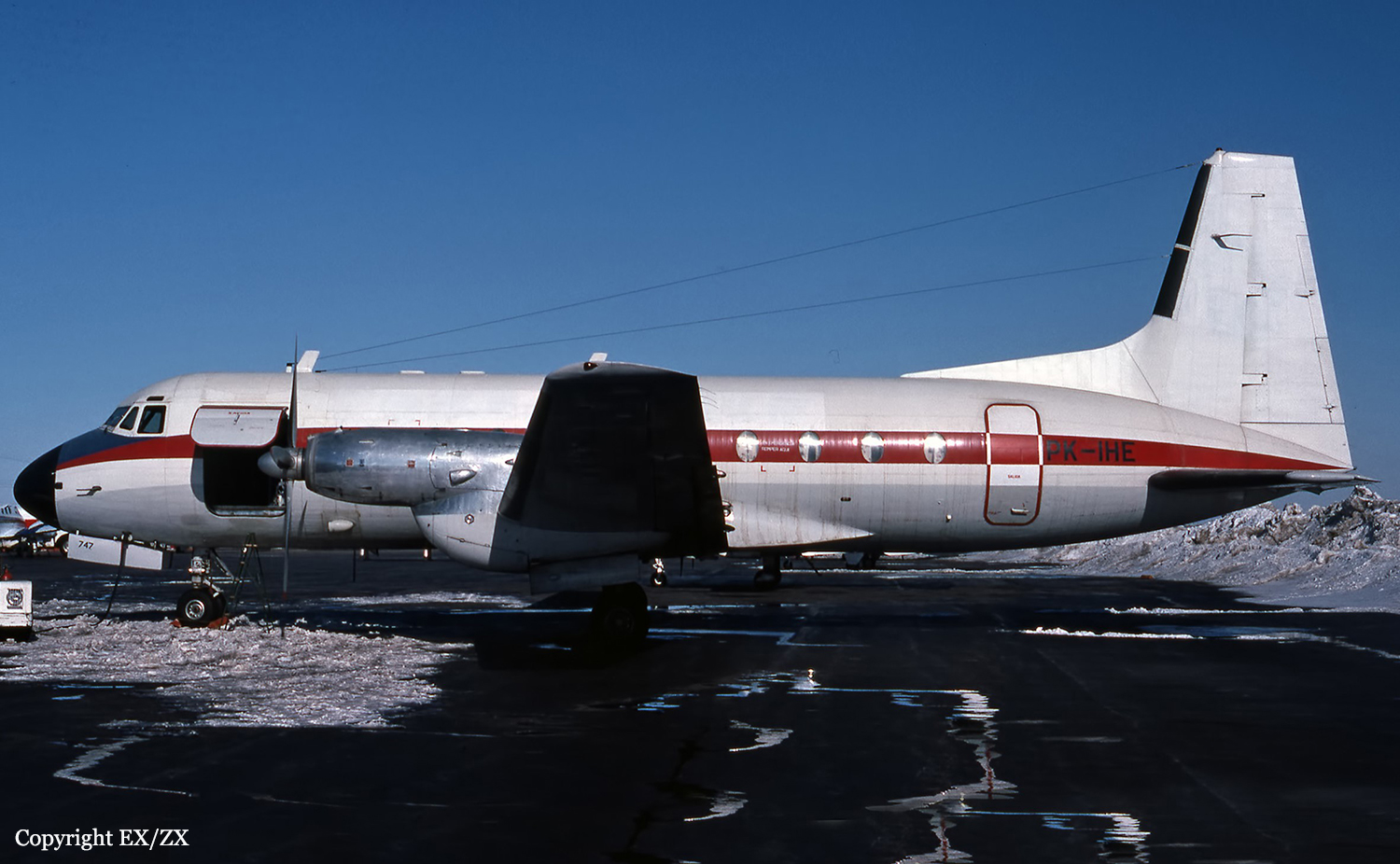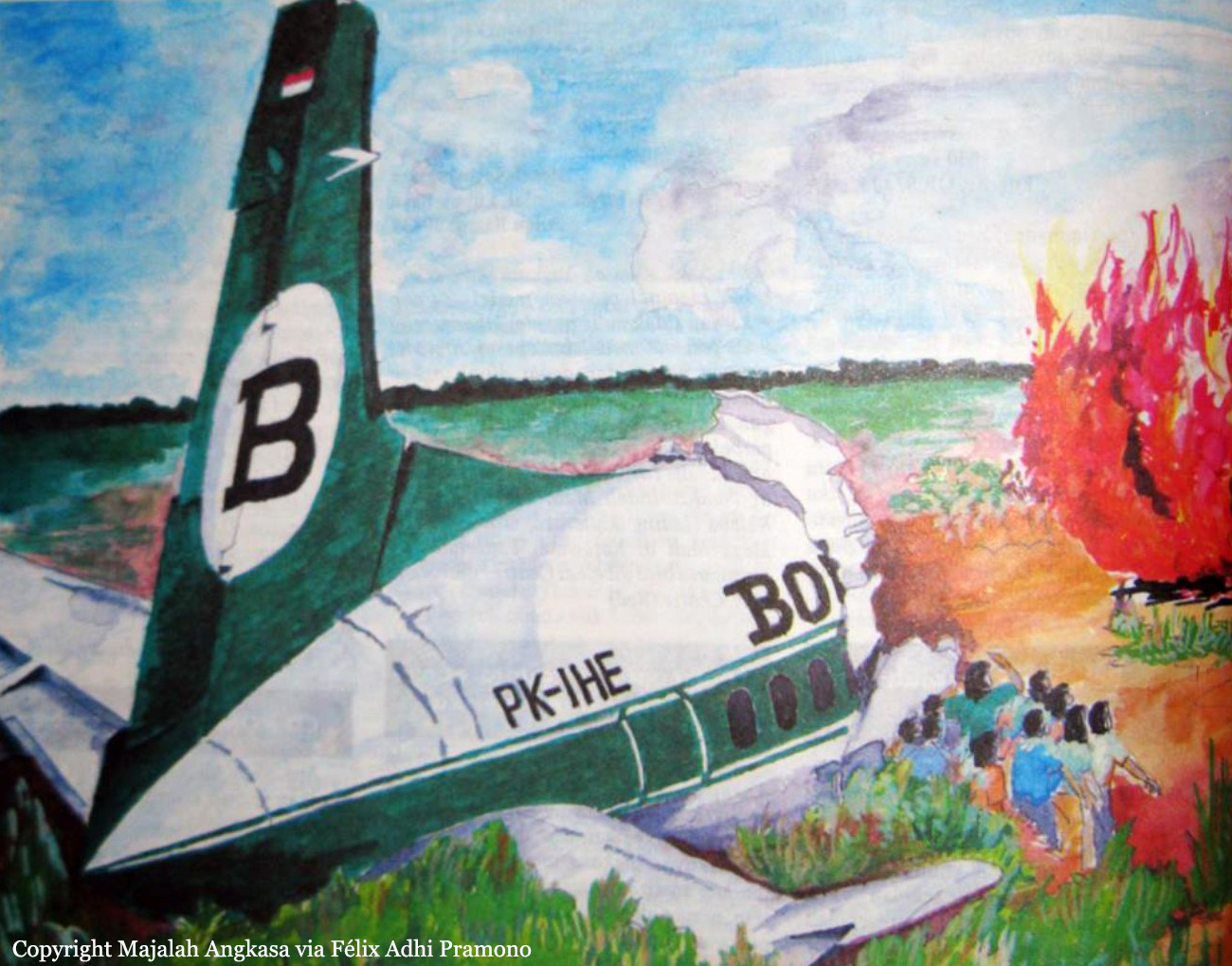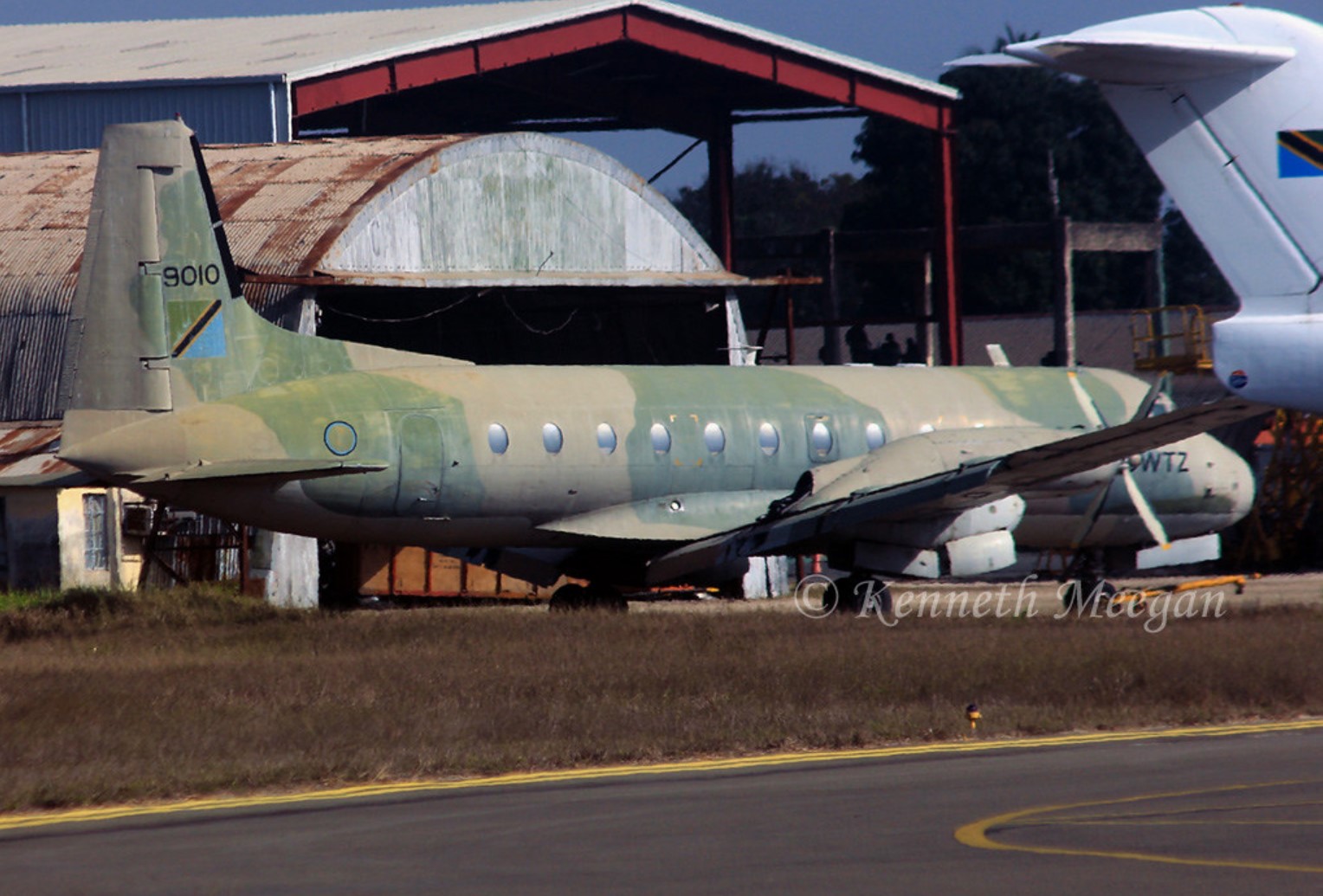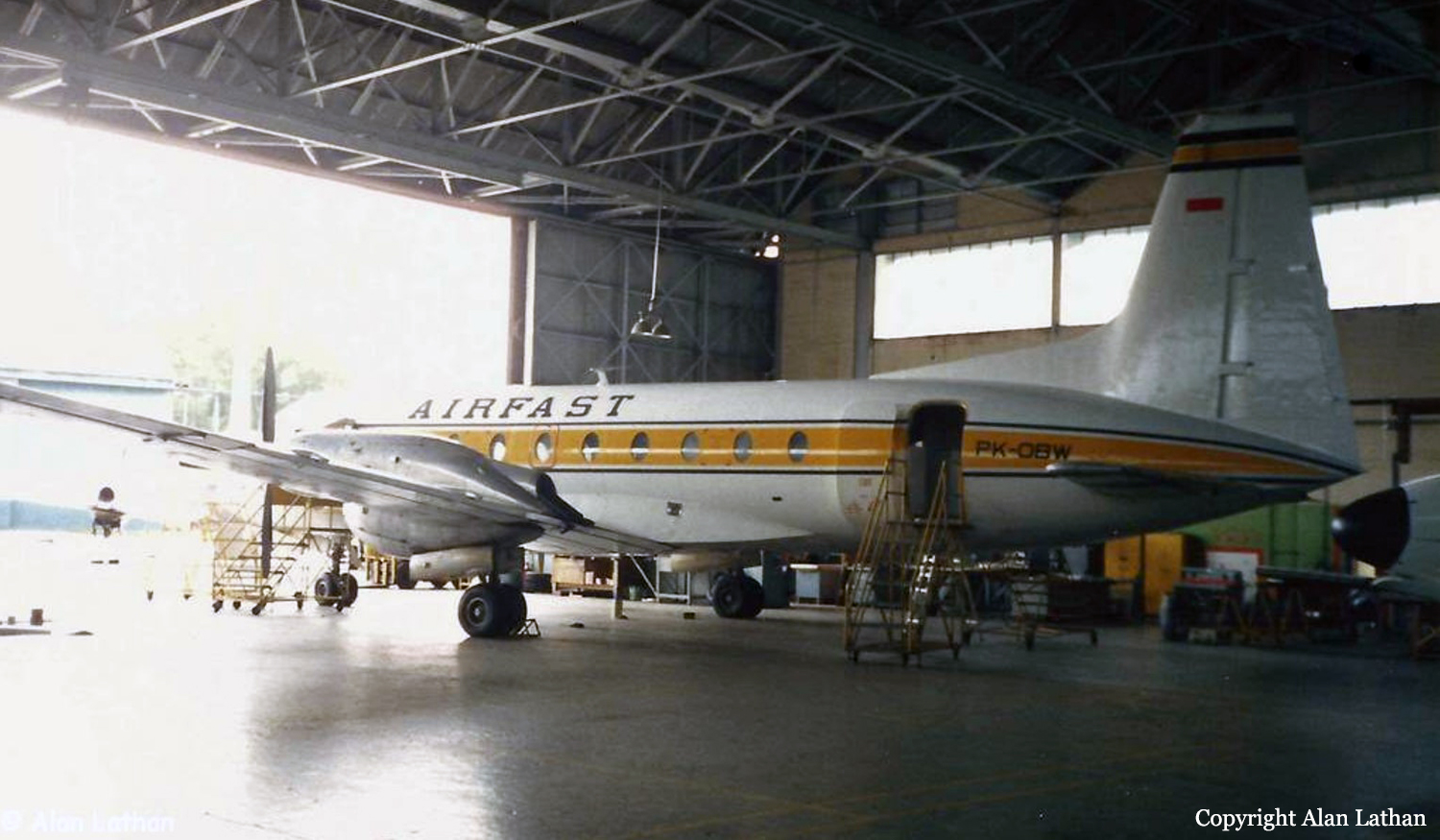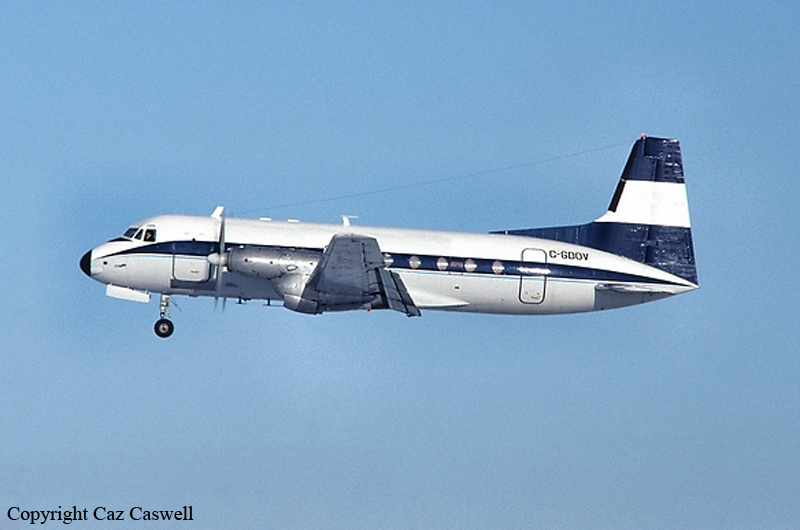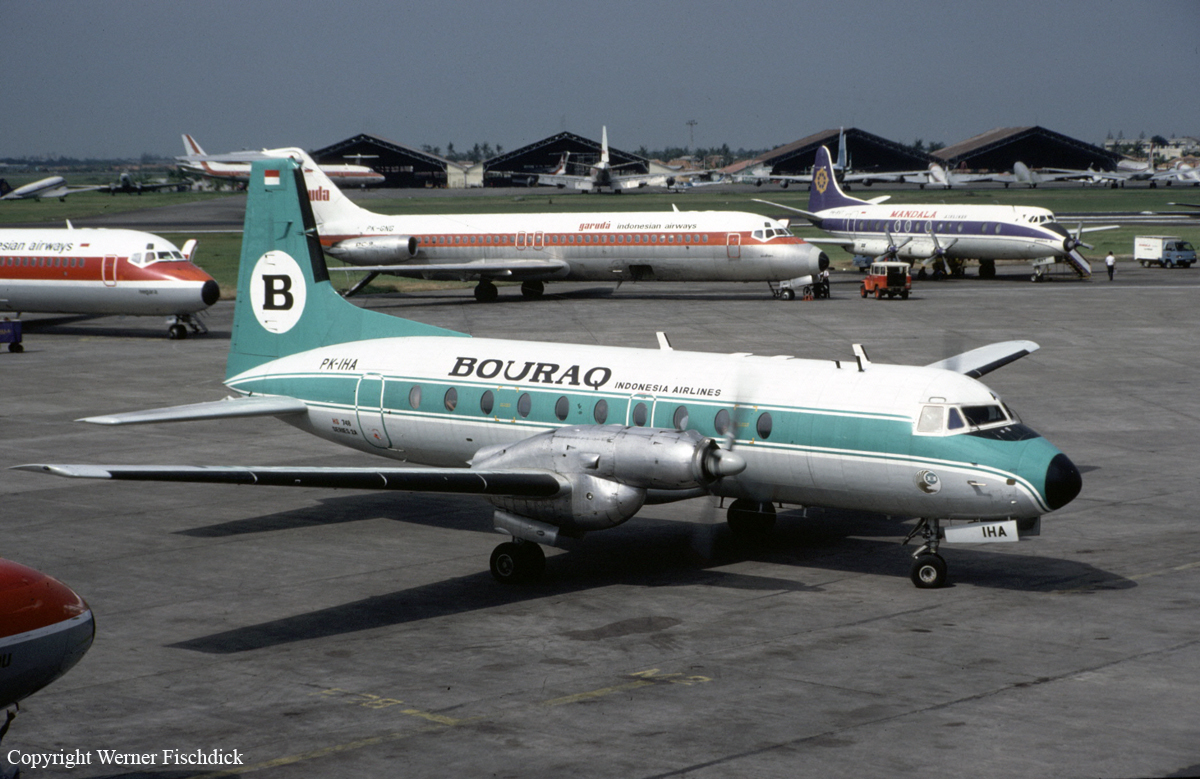Crash of an Avro 748-334-2A in Jaffna: 45 killed
Date & Time:
Apr 28, 1995
Registration:
4R-HVB
Survivors:
No
Schedule:
Palaly - Colombo
MSN:
1757
YOM:
1978
Crew on board:
3
Crew fatalities:
Pax on board:
42
Pax fatalities:
Other fatalities:
Total fatalities:
45
Circumstances:
After takeoff from Palaly Airport, while climbing, the left engine exploded. The crew declared an emergency and was cleared to return. On short final, the aircraft went out of control and crashed in a huge explosion about 200 metres short of runway. All 45 occupants were killed, among them 40 soldiers and two civilians.
Probable cause:
It was determined that the left engine exploded during climbout after being hit by a surface-to-air missile shot by Tamil separatists.



